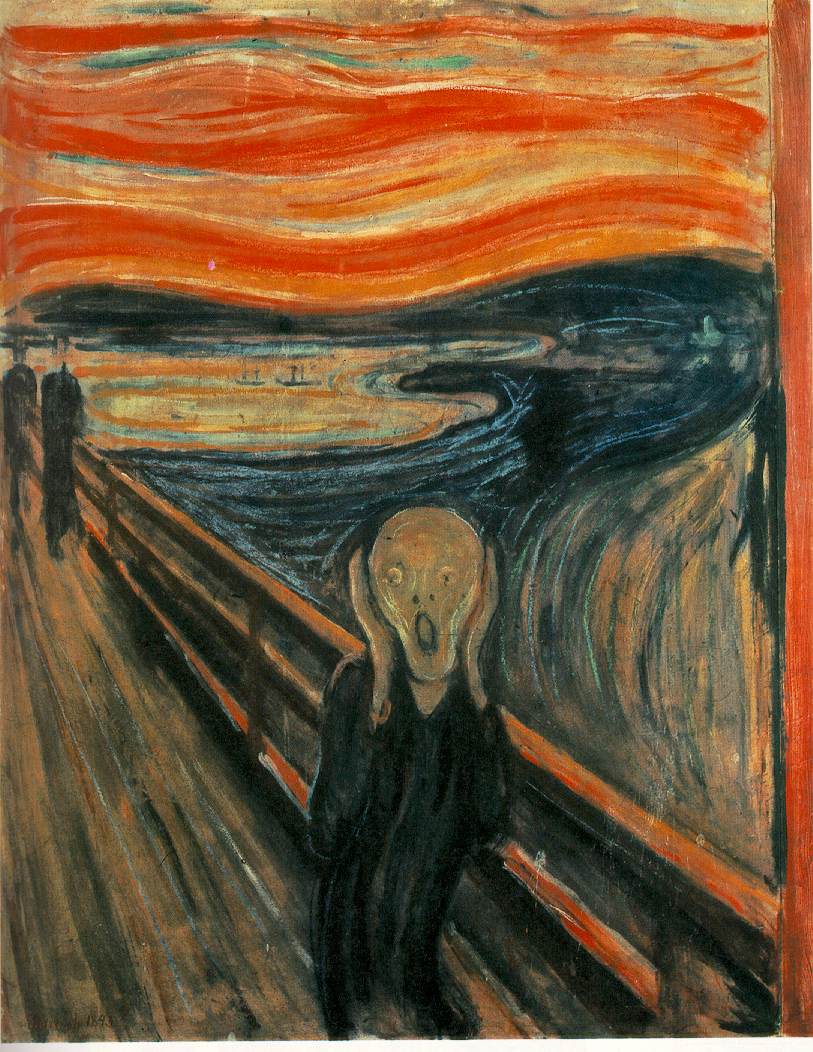 So, he showed us the results of a climate model of the effects of the 1783 fissure in Laki, Iceland. Turns out most of the northern hemisphere did cool off by a couple of degrees. Hurray, right? Well, not quite. Turns out that the sudden cooling of the landmass interferes with the African and Indian summer monsoons. So, such a volcanic eruption will cause droughts in a band stretching from Niger to the Nile basin to central India to China. But ... this is just a model, right? Well, not quite. There really was a major famine in Egypt, India and China in 1784. All because of a volcanic eruption in Iceland. So, geoengineering may cool the northern latitudes, but it will severely impact billions of people.
So, he showed us the results of a climate model of the effects of the 1783 fissure in Laki, Iceland. Turns out most of the northern hemisphere did cool off by a couple of degrees. Hurray, right? Well, not quite. Turns out that the sudden cooling of the landmass interferes with the African and Indian summer monsoons. So, such a volcanic eruption will cause droughts in a band stretching from Niger to the Nile basin to central India to China. But ... this is just a model, right? Well, not quite. There really was a major famine in Egypt, India and China in 1784. All because of a volcanic eruption in Iceland. So, geoengineering may cool the northern latitudes, but it will severely impact billions of people.The visual impact in the talk, however, was the famous "Scream" by Edvard Munch. Everyone focuses on, well, the scream. But glance a little at the sky in the picture. The wavy red skies are modeled on how the sky actually looked in Scandinavia in 1886, because of an eruption in Krakatau, Indonesia three years earlier.
Droughts in India, red skies in Europe ... it would be far safer and cheaper to reduce our consumption of carbon. Carbon tax, any one?
No comments:
Post a Comment